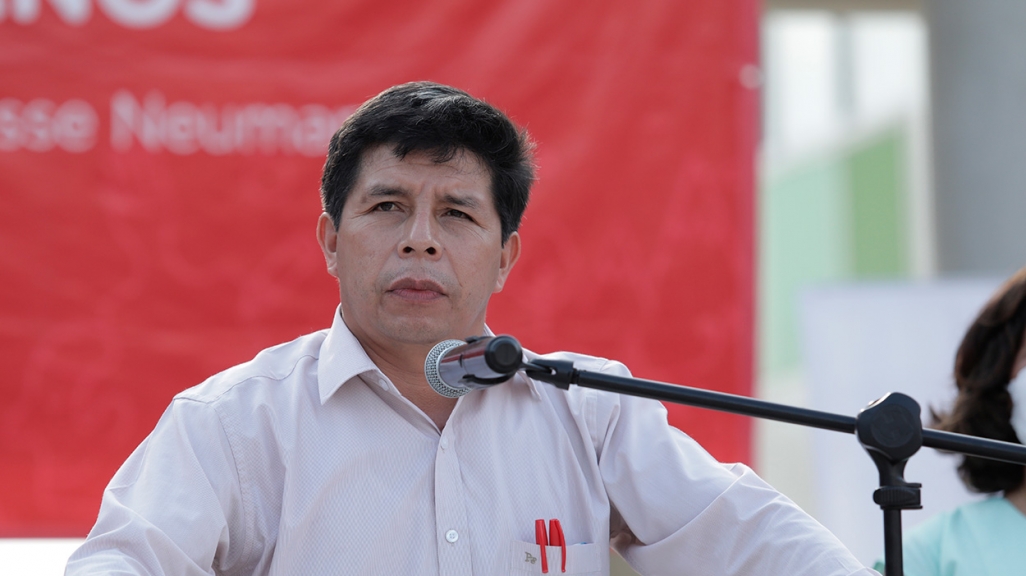A Challenging First Year for Peru's Pedro Castillo
A Challenging First Year for Peru's Pedro Castillo
In his first 12 months, the president faced more than 50 cabinet changes, five investigations, and two impeachment proceedings.
It's been one year since Pedro Castillo was sworn in as Peru's president on July 28, 2021 after winning a runoff vote by a razor-thin margin. A school teacher from the rural Cajamarca region and relatively unfamiliar face, Castillo campaigned under the slogan “no more poor people in a rich country,” pledging to reform the Constitution, improve transportation, and update the national pension system.
But most of his first 12 months in power were spent focused on his own political survival. So far, Castillo has gone through two impeachment proceedings; he witnessed more than 50 changes to his cabinet from him; and has been expelled from his party, Free Peru. He also faces ongoing investigations alleging corruption and links to organized crime.
At the same time, Peruvians are dealing with the highest inflation they've seen in a quarter century and a food shortage crisis amid fertilizer scarcity.All these woes have left Castillo with a 20-percent approval rating —below the levels of four of his elected predecessors at the same point in office.
AS/COA Online offers a timeline of cabinet shuffles and political challenges marking Castillo's first year in office.
The Peruvian president waited until he was half a year into his term to talk with the media. We look at some of his more indicative quotes.
For ten years, El Chasqui delivered a semi-regular roundup of news—from election coverage to economic issues to start-ups.











